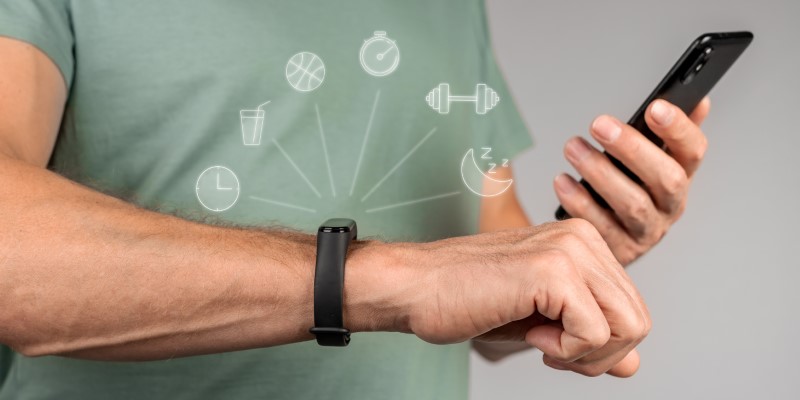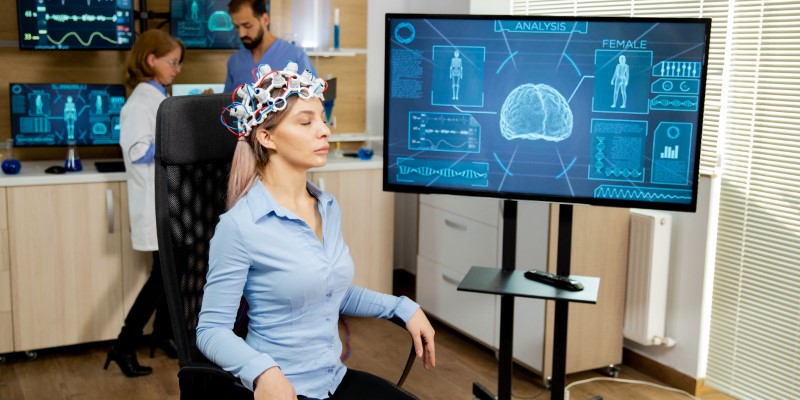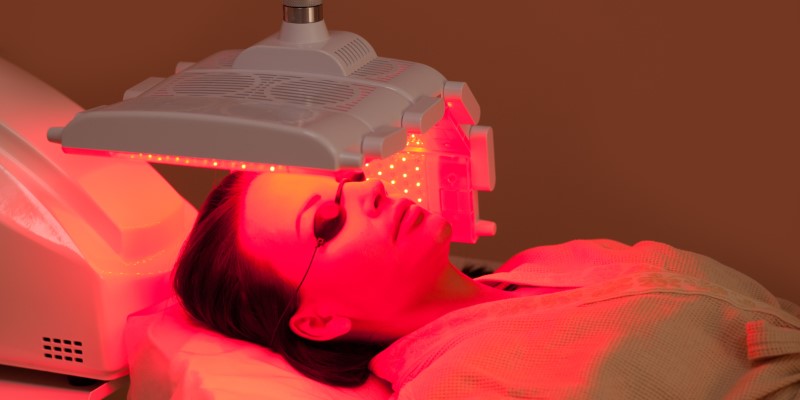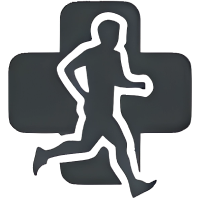Biohacking has evolved from a niche concept into a dynamic movement redefining how we approach health and wellness. It combines science, technology, and a do-it-yourself attitude to optimize the body's potential. With 2024 seeing rapid advancements in health technologies, biohacking has become more accessible and varied, allowing more people to experiment with methods that enhance their physical, mental, and emotional well-being. Let's dive into how biohacking reshapes health today and what you need to know about this growing phenomenon.
What Is Biohacking?
Biohacking refers to making small, incremental changes to one's lifestyle, diet, or environment to improve health, performance, and overall well-being. It spans a broad spectrum, from simple lifestyle modifications, like sleep optimization, to more advanced techniques, such as genetic editing. The goal is to find effective ways to optimize health by blending cutting-edge science with a hands-on, experimental approach.

The Rise Of Biohacking In 2024
Biohacking is gaining traction as technology advances and people become more proactive about their health. 2024 has seen a surge in biohacking enthusiasts thanks to the growing availability of wearable health devices, online communities, and greater access to scientific information. This trend is also driven by the desire to take control of one's health outcomes in an era where personalized wellness is increasingly possible.
Wearable Technology And Its Impact
Wearable technology has become one of the cornerstones of biohacking. Devices like smartwatches, continuous glucose monitors (CGMs), and heart rate variability trackers provide real-time data on various aspects of health, such as sleep quality, blood glucose levels, and stress markers. These wearables allow individuals to monitor their bodies more closely than ever, enabling informed decision-making about diet, exercise, and lifestyle choices.
Smartwatches, for instance, now offer advanced features such as ECG monitoring, blood oxygen levels, and stress assessment. Continuous glucose monitoring, once primarily used by people with diabetes, is now widely adopted by biohackers who want to understand how different foods impact their blood sugar levels, which can be crucial for optimizing energy and performance.

Nutrigenomics: Personalizing Nutrition Based On DNA
Nutrigenomics, the study of how genes interact with diet, is another emerging biohacking trend. Advances in genetic testing have made it possible for people to access personalized dietary recommendations based on their DNA. These insights help individuals understand how their bodies process nutrients, identify food sensitivities, and predict how they might respond to different dietary interventions.
For example, nutrigenomic testing might reveal that someone is predisposed to slower caffeine metabolism or lactose intolerance, allowing them to adjust their intake accordingly. As more people access affordable genetic testing kits, personalized nutrition becomes a fundamental part of the biohacking experience.
Intermittent Fasting And Time-Restricted Eating
Intermittent fasting (IF) is a popular biohacking trend, but it's more refined and data-driven in 2024. With the help of wearables and health apps, biohackers can monitor how fasting affects blood glucose, ketone levels, and even gut health in real time. This insight helps them tailor their fasting windows and eating habits to achieve optimal results: fat loss, improved mental clarity, or better digestion.
Time-restricted eating, a form of intermittent fasting in which individuals eat within a specific window each day, has become more widespread. The practice is believed to align with the body's natural circadian rhythms, support better metabolic health, and reduce the risk of chronic diseases.

Biohacking Mental Health And Cognitive Performance
The biohacking movement is not limited to physical health; it's also making waves in mental health and cognitive enhancement. Many individuals are exploring ways to improve brain function, enhance mood, and manage stress through various biohacking methods.
Nootropics: Enhancing Brain Function
Nootropics, often called "smart drugs" or cognitive enhancers, have become increasingly popular among biohackers seeking mental clarity, focus, and productivity. These substances range from natural supplements, such as ginkgo biloba and ashwagandha, to synthetic compounds like racetams. In 2024, there will be a greater emphasis on using nootropics responsibly, with biohackers focusing on substances with well-documented safety profiles and effectiveness.
Brainwave Entrainment And Neurofeedback
Brainwave entrainment and neurofeedback have also emerged as significant trends in the biohacking community. Brainwave entrainment involves using external stimuli, such as sound or light, to synchronize brainwave frequencies with desired mental states. For example, listening to binaural beats can, depending on the frequency used, promote relaxation, focus, or sleep.

Enhancing Physical Performance Through Biohacking
Biohacking for physical performance is also on the rise, with athletes and fitness enthusiasts experimenting with various techniques to optimize strength, endurance, and recovery.
Cold Exposure And Heat Therapy
Cold exposure, such as ice baths and cryotherapy, is widely adopted by biohackers looking to reduce inflammation, boost metabolism, and improve recovery. The practice stimulates the production of brown fat, which burns calories to generate heat, leading to increased fat loss. Conversely, heat therapy, such as sauna sessions, enhances cardiovascular health, promotes detoxification, and supports muscle recovery.
In 2024, the combination of cold and heat exposure gained popularity as a method of stress resilience training, with biohackers alternating between the two to improve their adaptation to physical and mental stressors.
Red Light Therapy And Photobiomodulation
Red light therapy (RLT) and photobiomodulation involve exposing the body to low levels of red or near-infrared light, stimulating cellular function and promoting healing. Athletes and fitness enthusiasts use these techniques to accelerate muscle recovery, reduce inflammation, and improve skin health. As more research supports the benefits of red light therapy, biohackers are incorporating it into their daily routines, making it one of the top trends in physical performance optimization.

Conclusion:
Biohacking fundamentally changes how we approach health, allowing individuals to take a proactive, data-driven approach to their well-being. From wearable technology to genetic engineering, the trends emerging in 2024 demonstrate that biohacking is not just a fad but a movement that will continue to influence health and wellness practices.
However, while the possibilities are exciting, it's essential to prioritize safety, ethical considerations, and scientific evidence. As biohacking continues to evolve, the key to success lies in balancing experimentation with responsible practices to unlock the potential for healthier, more optimized living.














